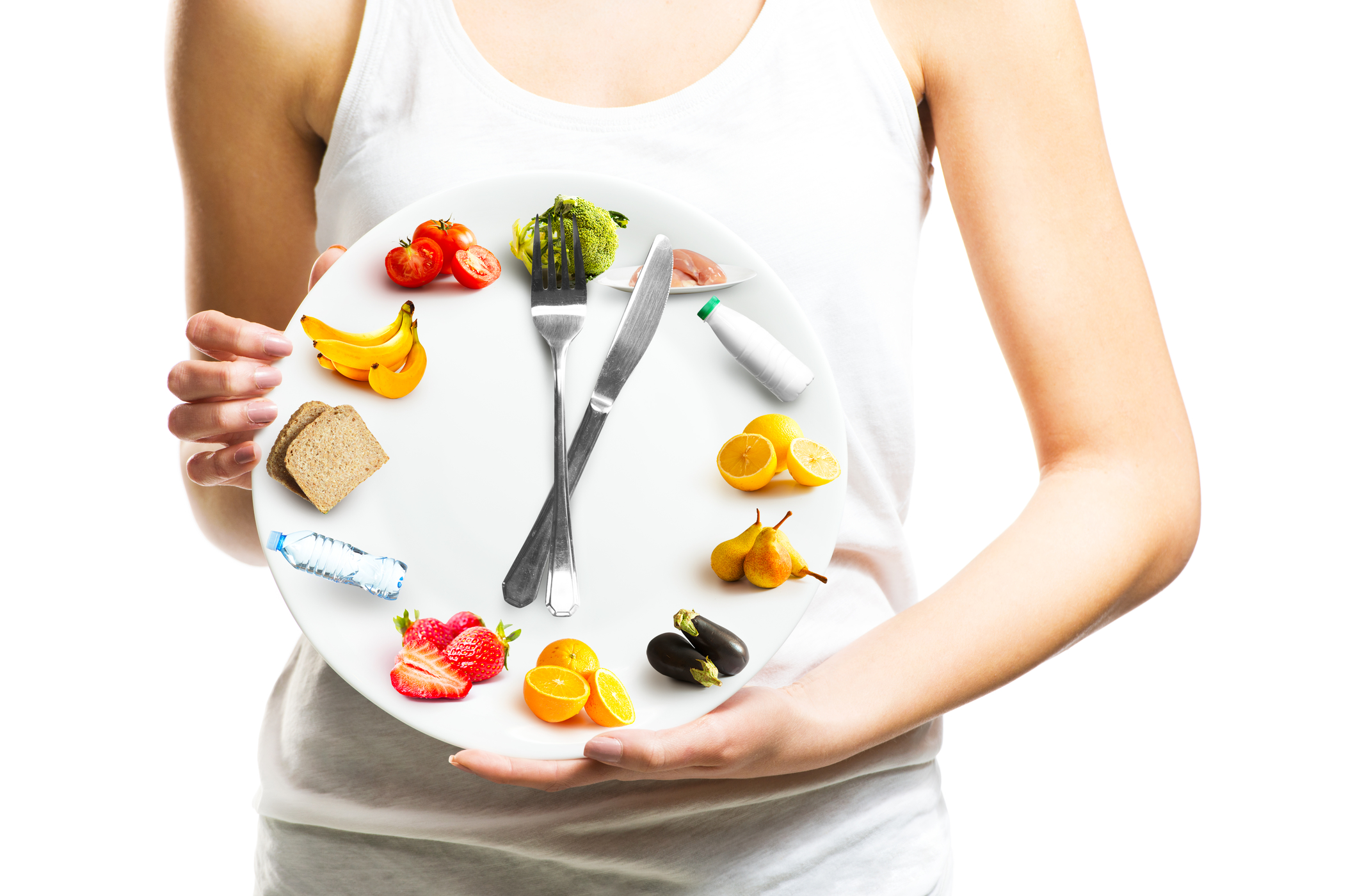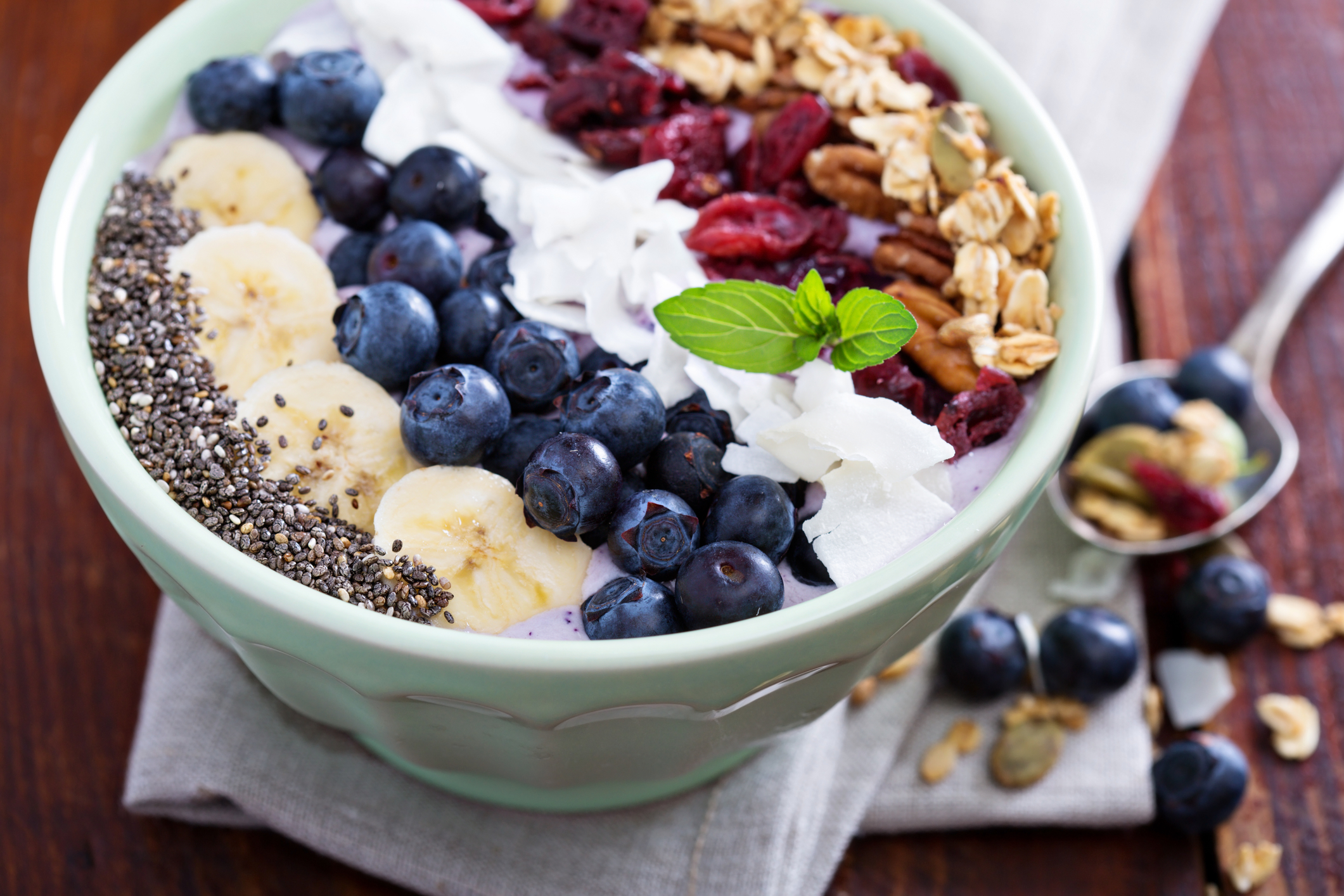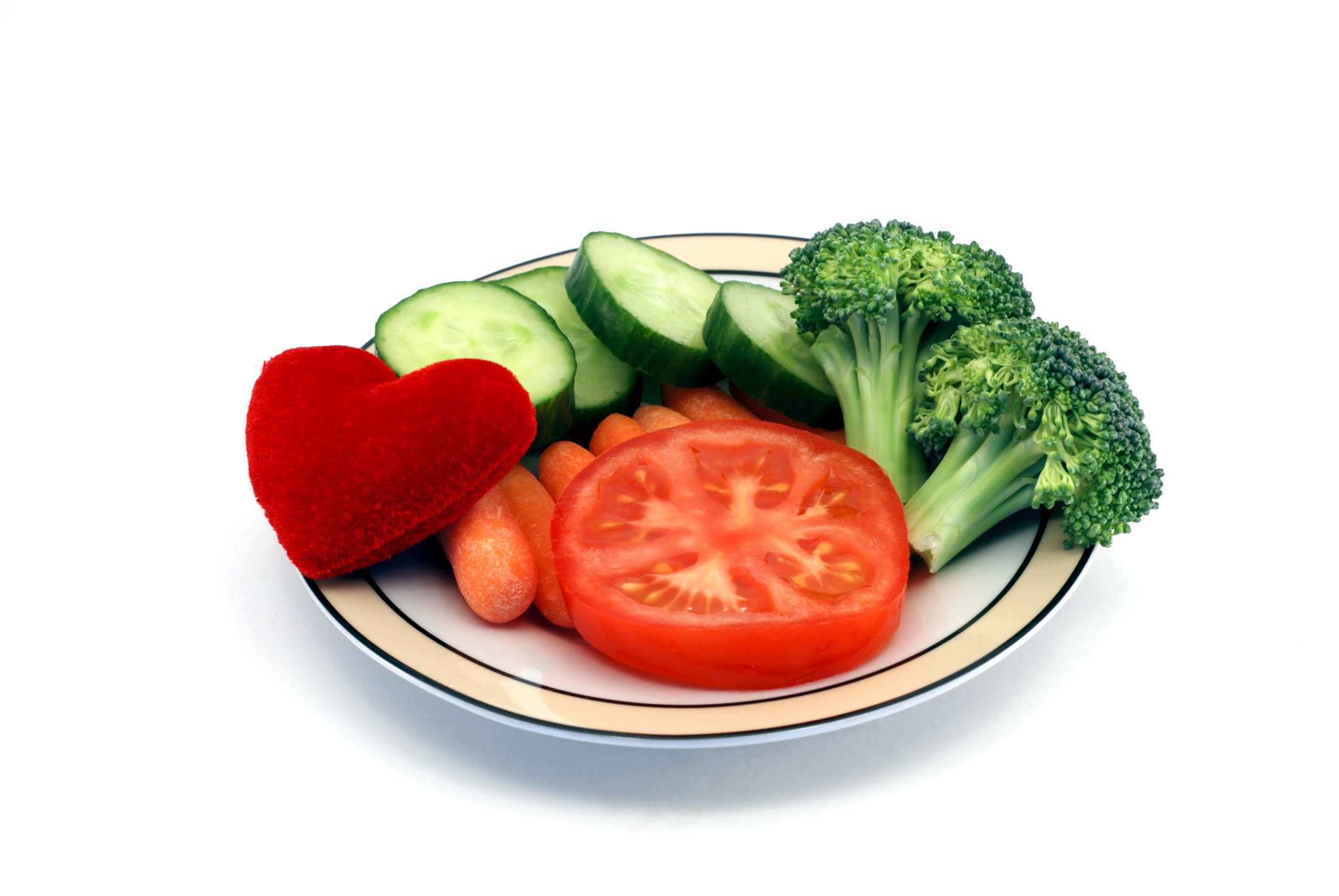13 Tips To Make Snacking Healthier Right Now
Food is necessary for maintaining health and life and snacking is a behaviour that can stem from hunger, but can also be triggered by other factors. Sometimes people find themselves snacking to help relieve stress, to avoid negative emotions, sometimes out of boredom or when feeling celebratory. There are numerous other reasons other than hunger why people find themselves snacking. Often, when snacking, the foods chosen are not of the healthiest variety. Whether snacking from hunger or for another reason, the following are thirteen tips for making snacking healthier.
Try Not To Skip Meals

Skipping meals causes blood sugar levels to nosedive and the body to begin craving sugary foods. Sugary foods offer a quick boost of energy, but soon afterwards, the body will likely experience a crash dive in energy, which creates more craving for sugary foods to get the energy levels back up. It is important not to skip meals and to eat at least three balanced meals per day to prevent this vicious cycle. Nutritional experts advise eating fifty percent vegetables, twenty-five percent complex carbs, and twenty-five percent protein at each meal. Including healthy fats also helps maintain stable blood sugar levels. If feeling hungry in between solid meals, reaching for a snack is necessary, but select a healthy option such as an apple or piece of cheese. Avoid snacking on simple carbs that offer little nutritional value like chips, candy, and cake.
Identify Hunger Cues And Do Not Ignore Them

Hunger cues can be experienced uniquely, so it is important to identify one’s hunger cues and not ignore them. Hunger cues may include a growling stomach, headache, feeling light-headed, fatigue, irritation, etc. In a busy world, it is easy to avoid and ignore hunger cues in order keep going with work, school, or whatever it may be. However, the problem with avoiding or ignoring hunger cues is that it can encourage overeating later in the day. As the hunger builds and triggers for snacking become stronger, the cravings hit harder, and the ability to make healthier eating choices diminishes. At that point, people are more likely to find themselves selecting foods lacking in nutritional value and eating way too much of it.
Understand That Drinking Water Does Not Get Rid Of Hunger

There is a popular myth that drinking water helps eliminate hunger. The truth is that drinking water and staying well-hydrated is, of course, essential for good health, but drinking water does not do anything to eliminate real hunger. Sometimes when thirsty, the body may send the same cues it sends when hungry and in this case, drinking water will eliminate those false hunger cues. If hungry, drinking any amount of water will not get rid of hunger as the body craves nutrition in the form of macronutrients, minerals, and vitamins, many of which water cannot provide. Though drinking water may offer a temporary feeling of fullness in the stomach, the body still requires nutrients from food and recognizes when it is not receiving it.
Pause When An Intense Craving Hits

When hit by an intense craving, pause and ask if it is hunger that is coming up or something else. If really hunger, it is good to eat, but first consider whether it is hunger causing the intense craving or some emotion that causes desire for food. Common emotions that may create feelings of false hunger include fatigue, anxiety, loneliness, stress, etc. Certain foods, particularly sugary and fatty ones, release opioids in the brain causing a calming and soothing effect, which can be addictive. People also experience intense cravings and eat when not hungry as a distraction to avoid difficult feelings. If it is some emotion causing the intense craving and not hunger, begin practicing identifying the habit of emotional eating and learn how to stop the cycle.
Make Interesting And Creative Snacks That Keep You Full Longer

Rather than reaching for those simple carb treats that offer little nutritional value and cause the blood sugar to crash, select and make healthier snacks that are balanced nutritionally and include complex carbs, protein, fiber, and healthy fats (weeding out the junk food that causes spikes in blood sugar will gradually create less craving for them). Some examples of healthy balanced snacks include fruits, nuts, low-fat cheese, yogurt, pea pods, vegetables. Combine some of these ingredients for a healthy and creative snack. For example, try adding some fruits and nuts to yogurt, or vegetables to a trail mix. Aim for approximately two hundred calories and only eat to the point of feeling pleasantly satisfied, never to the point of being uncomfortably full.
Portion Out Bad Snacks In Advance

Bad snacks should be avoided as much as possible, but understandably there are days when the craving for certain simple carbs is impossible to resist. The best thing to do in this situation may be to portion out the treats in advance. Rather than eating straight from the big bag of chips or candy, which will likely result in overeating, it is more sensible to pre-portion small servings into treat bags, and have only one or two servings when the cravings are too much to handle. Just remember that processed snacks have little nutritional value and wreak havoc on blood sugar levels, so it is important not to solely snack on processed treats. Incorporate processed treats with foods including complex carbs, proteins, fiber, and healthy fats as much as possible.
Use Smaller Dishes To Eat Less Of The Snack Food

A couple of common habits are to fill up a dish with food and to eat everything that is presented, so using smaller dishes will automatically lessen the amount of the snack food apportioned and eaten. After consuming the snack food in the small dish, it takes time and effort to refill the dish, and during that interval, one can decide if one really needs to eat more. Often the person may realize that their craving and hunger have been satiated and they do not need to fill up another bowl. Try using small dishes that amount to one or two serving sizes. Using small dishes will also make the amount of snack food in it appear abundant.
Adjust The Environment To Keep Tempting Snack Foods Out Of Sight And Reach

Keeping favourite snack foods on the counter or in the front of the cupboard may not be the best decision if the goal is to reduce the amount of snacks consumed or to consume a lesser amount of unhealthy snacks. Consider keeping favourite snack foods out of sight and reach by placing them in very inconvenient places or even having a family member hide them away. Some people may prefer to not have them in the house altogether, so when the craving hits, they will more likely consume the healthier snack food. Make healthier snack foods more visible and accessible, and be continually reminded of the goal of consuming healthier snack foods and having an overall healthier, balanced diet.
Avoid Snacking While Being Distracted

Eating distractedly, or mindlessly, will often cause overeating and the consumption of unhealthy snack choices. There are many distractions to be cognizant of and avoid including watching T.V., surfing the internet, listening to music, playing on the phone, etc. It is better to pay attention to the food, slow down and savour it. This helps control the amount of food consumed and increases enjoyment of it. Studies have also shown that not only does distracted eating tend to cause overeating, but savouring food (not eating distractedly) results in eating a lot less later in the day. Avoid distractions when consuming snack foods by turning off or moving away from all distractions.
Make An Effort To Savour Food At Least Once Per Day

Many people often find themselves eating hurriedly on-the-go, but not only does this attitude towards food tend to cause overeating and less healthy food choices, but this on-the-go attitude likely affects other areas of life that overall reduce happy experiences in life. Living in the moment is a way of life that promotes overall well-being and positive feelings. Savouring food in the moment is an important part of this. The effort to savour food will encourage healthier snack choices, eating less, and promote a healthier, more positive mind-set. Savouring food means a lot of things, including preparing healthy snacks in an attractive manner, taking time to thoroughly chew the food, setting the table nicely, and being mindful of the food.
Try Meal Planning For Healthier Snacking

Meal planning sounds difficult, but the extra effort required helps keep snacking in check and nutrient intake well-balanced. Many people enjoy meal planning because of the time, energy, and money it saves as well as for the health benefits. Meal planning is helpful for single persons and often essential for larger families. Much stress is avoided with meal planning as dietary restrictions and preferences can be accounted for in advance, and healthier snacks prepared alongside. There are many healthy snacks to prepare in advance including fruit and nut squares, hummus and veggies, peanut butter cookies, oatmeal, salad, yogurt, etc. Preparing snack foods in advance encourages healthier snacking.
Take A Baby Step Towards Healthier Snacking And Plan One Healthy Snack Per Day

It is not always easy to take a giant leap into healthier snacking, so taking small steps are sometimes necessary. Try planning at least one healthy snack per day and gradually get accustomed to healthier foods and habits. Healthy snacking means first checking whether one is actually hungry and not experiencing false hunger, and if really hungry, selecting food choices that are nutritious and well-balanced. Healthy snacking also means savouring the snack foods by chewing slowly and thoroughly and eating without any distractions in the environment. A healthy snack consists of nutritious and well-balanced foods that ideally include complex carbs, protein, and healthy fats. Some examples of healthy snacks include a banana, a piece of cheese, a half-cup of yogurt, some trail mix, a half cup of yogurt, a salad, etc.
Start Keeping A Food Journal

Food journals are a very useful tool for managing hunger and the diet. Writing down everything eaten throughout the day including the emotions and events that preceded and how one felt afterward, can help identify food triggers and personal habits and tendencies. Often, one does not realize what their diet really looks like until they have taken the time to write in a food journal over a period of time. Essentially, food journals help promote self-awareness and good diet practices and habits. Of course, there is no need to be embarrassed over any current dietary habits and practices as the goal is to become healthier and make healthier food and snack choices.